- HubPages»
- Business and Employment»
- Marketing & Sales»
- Internet Marketing
Media Organizations and Misinformation
Read “Framing Tiger’s Troubles: Comparing Traditional and Social Media” and watch “ABC News: Rathergate and Fallout Over Unsubstantiated Claims” and “Catherine Crier on Media Bias.” Then consider the following example of a media organization that reported a story incorrectly: One of the most noteworthy stories in college sports occurred in 2011, when former Penn State assistant football coach Jerry Sandusky was alleged to have sexually assaulted young boys on campus. The head coach, Joe Paterno, was involved in the saga and was ultimately fired. Shortly after being fired, Paterno became ill, and CBS Sports tweeted that Paterno had passed away. Shortly thereafter, Paterno’s sons tweeted that Paterno was still alive. CBS Sports then issued an apology indicating that they had published an unsubstantiated report.
- How does this story illustrate the dilemma of being first or being right when reporting a news story?
- Do you think consumers would rather have the story first or right? Why or why not?
- In what ways did CBS’s response reflect agenda setting or framing?
- How has the shift in digital content affected news reporting?
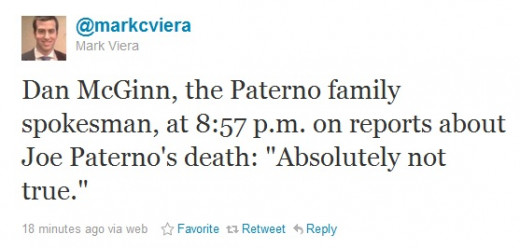
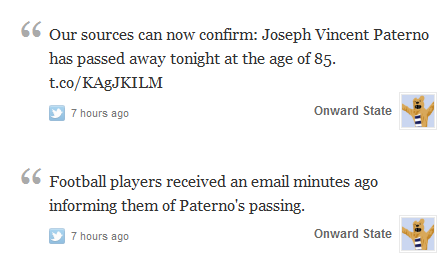
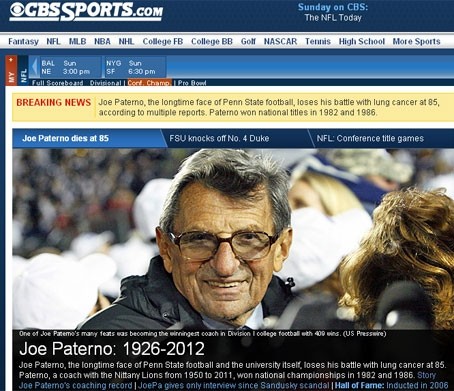
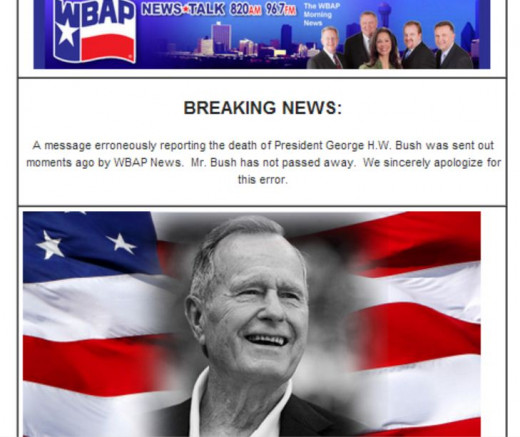
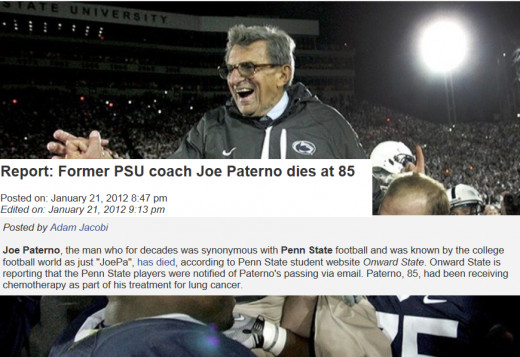
After reading “CBS Sports Reports Joe Paterno Died, Only He Was Still Living” and “CBSSports.com extends apology to Paterno family” I was very surprised about the entire incident; I had never heard or read about anything like this happening before. The story about how head coach, Joe Paterno, was reported dead while he was, in fact, still alive in the hospital by CBS Sports on Twitter demonstrates the dilemma of being first or being right when reporting a news story. In this case the CBS Sports reporters decided that it was better to be the first to report on Joe Paterno’s death instead of being right. The reporters could have easily waited until they had verification of Paterno’s death, but instead they rushed to Twitter to tweet about the news. I wish that I agreed that consumers would rather have the story correct instead of having it fast, but with how rapidly people communicate through texts and social media I believe that people have come to value speed over accuracy. This is evident through the number of individuals who get their news through social media sites, i.e. Twitter, that do not offer any type of factual accuracy. The Twitter users that read about Joe Paterno’s death could have checked secondary sources online to verify his death, but they did not, and instead they took the tweet at face value and moved on. I believe that this mistake may have been in part due to the shift to digital content; this shift has allowed reporters to instantly report news through social media. This has put an extra rush on news organizations to get their stories out quickly to their consumers. If CBS had been printing this story in a magazine or a newspaper, then the organization would have had the extra time to verify all of their facts prior to the media being distributed.
CBS’s response to their mistake in claiming that Joe Paterno was dead could be interpreted as either agenda setting or framing. Agenda setting is “the notion that mass media does not tell the public what to think but is very successful at telling the public what to think about due to frequency and salience of coverage” (McCombs & Shaw, 1972). In this case CBS did not tell their consumers directly that the mistake was not CBS’s fault, however, they implied that their failure came from a minor mistake and went on to tell their consumers about their high journalistic standards. In this way their apology could be interpreted as agenda setting because they told their consumers what to think through frequency and salience of coverage; they plastered their apology across social media in order to get people to see it multiple times and come away from the entire incident believing that it was a minor mistake that anyone could have made. Framing is “the notion that the mass media reports stories in particular ways to shape specific interpretations, definitions, evaluations, and recommendations in the public” (Entman, 1993). The apology could be interpreted as framing as CBS’s apology attempted to make consumers believe that CBS had made a minor mistake and that it was not that important. While the network did extend an apology to the Paterno family and the Penn State community, they apologized as if the whole incident was a minor mistake when in fact it was a major mistake; they reported that a man was dead while he was still alive.
References
Entman, R. (1993). Framing toward clarification of a fractured paradigm. The Journal of Communication, 41, 6– 27.
McCombs, M., & Shaw, D. L. (1972). Agenda-setting function of mass media. Public Opinion Quarterly, 36, 176–187.
- How false reports of Joe Paterno’s death were spread and debunked | Poynter.
A Global Leader in Journalism | Journalism training, media news & how to's - Report: Paterno family weighs stopping ventilator - CBSSports.com
Eye On College Football - Report: Paterno family weighs stopping ventilator - CBS Sports Reports Joe Paterno Died, Only He Was Still Living | FOX Sports
Joe Paterno cbs error dead apology






